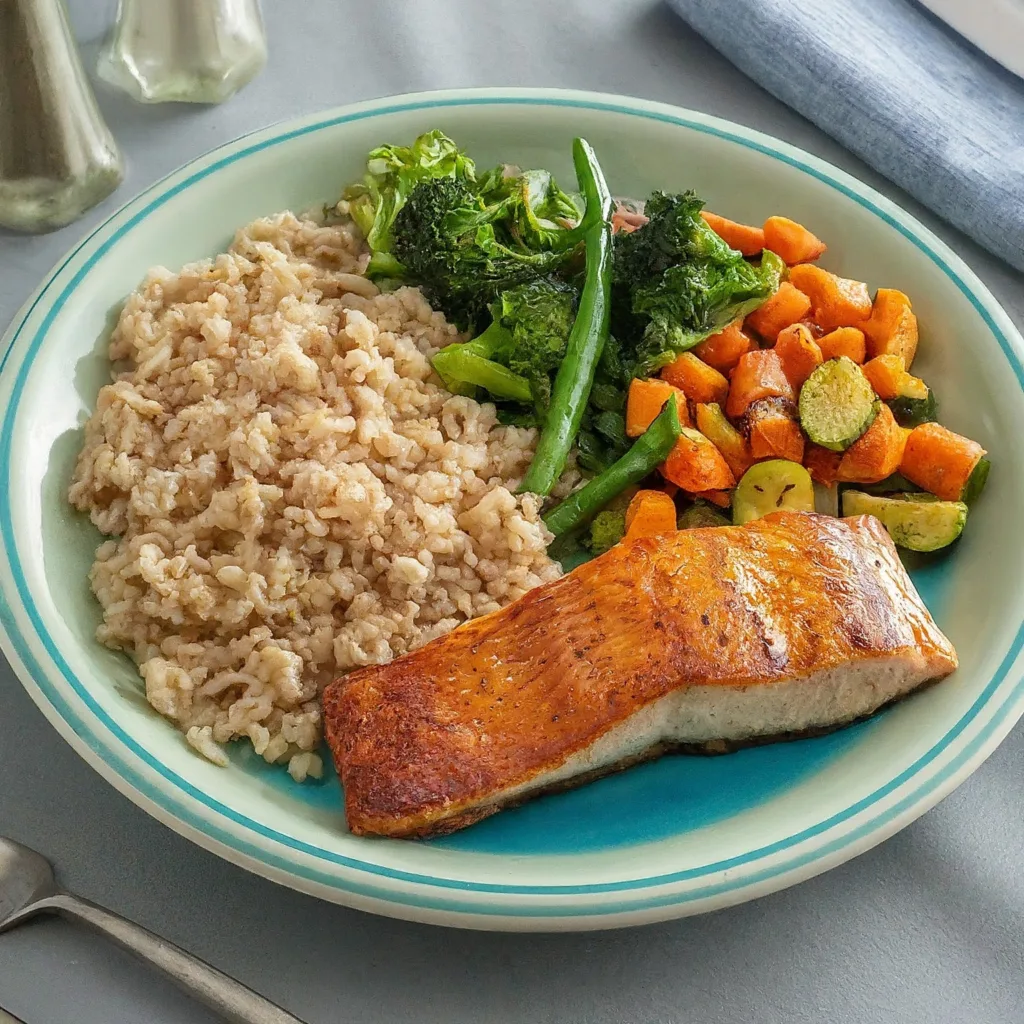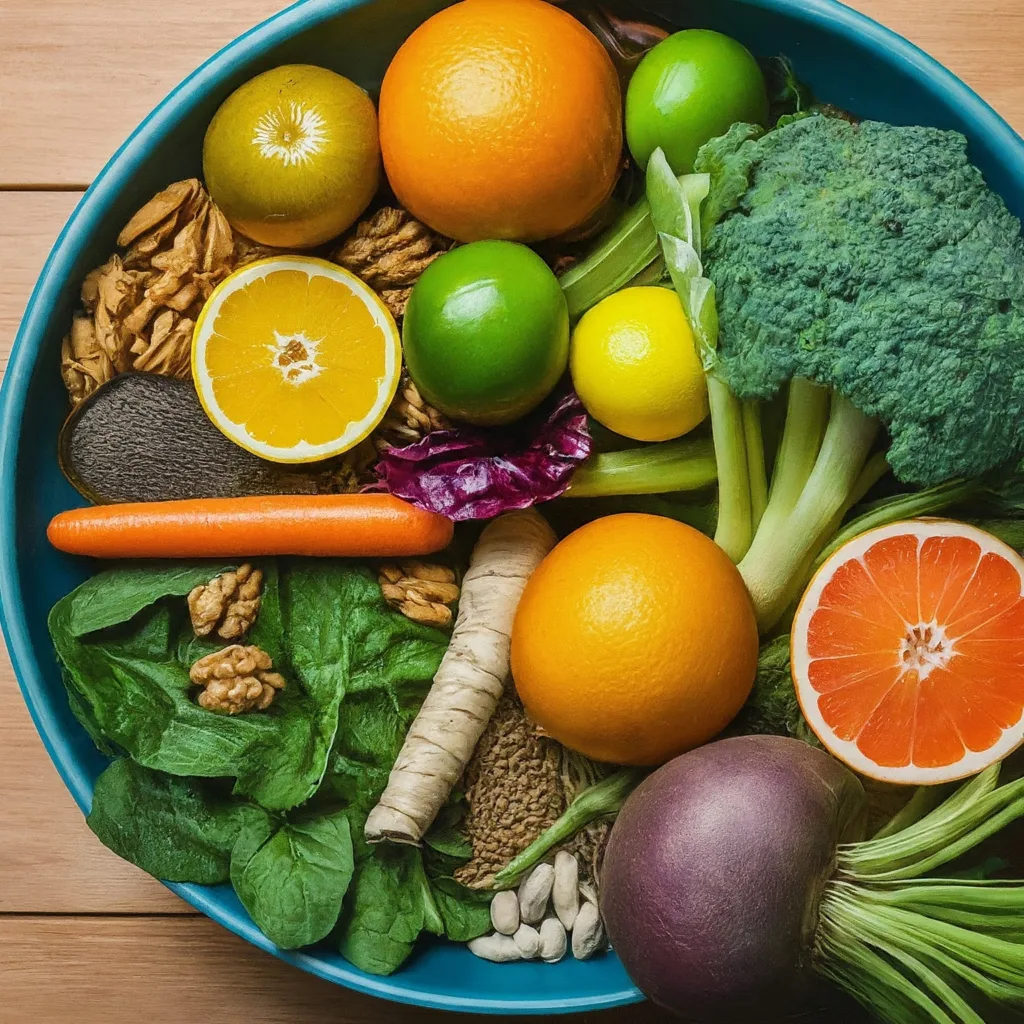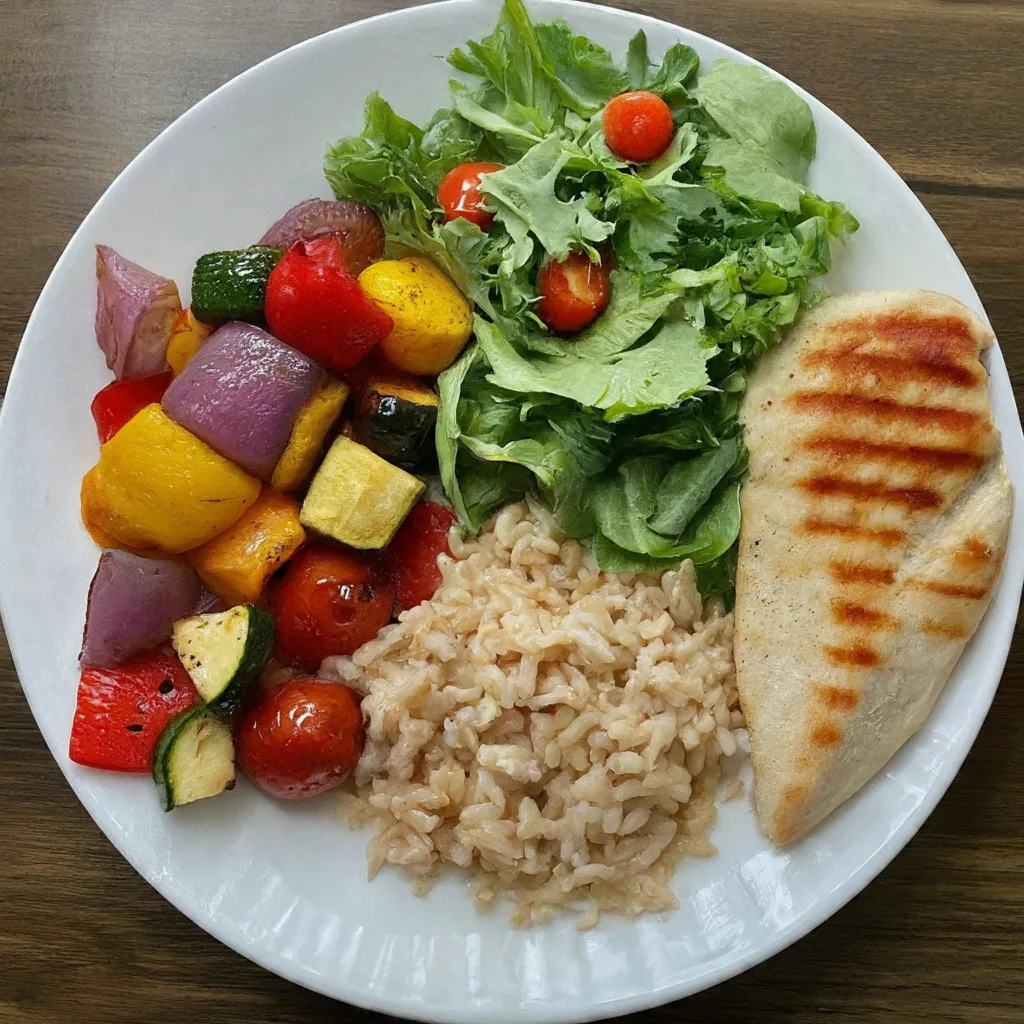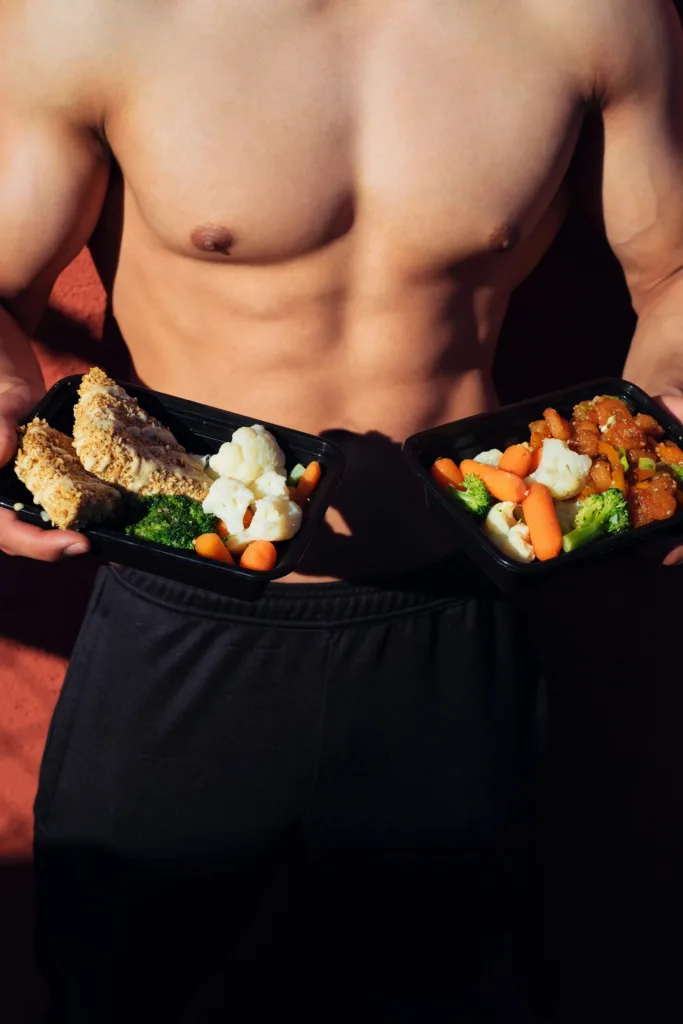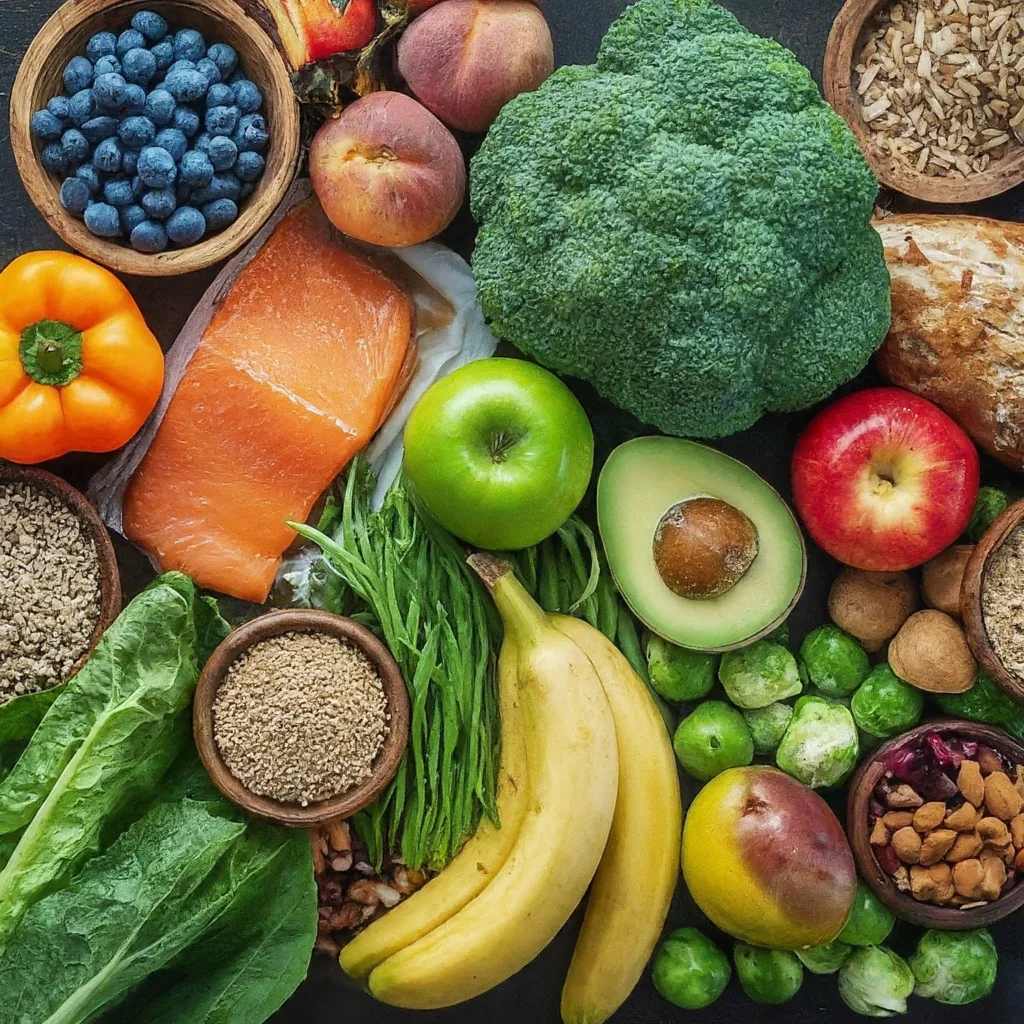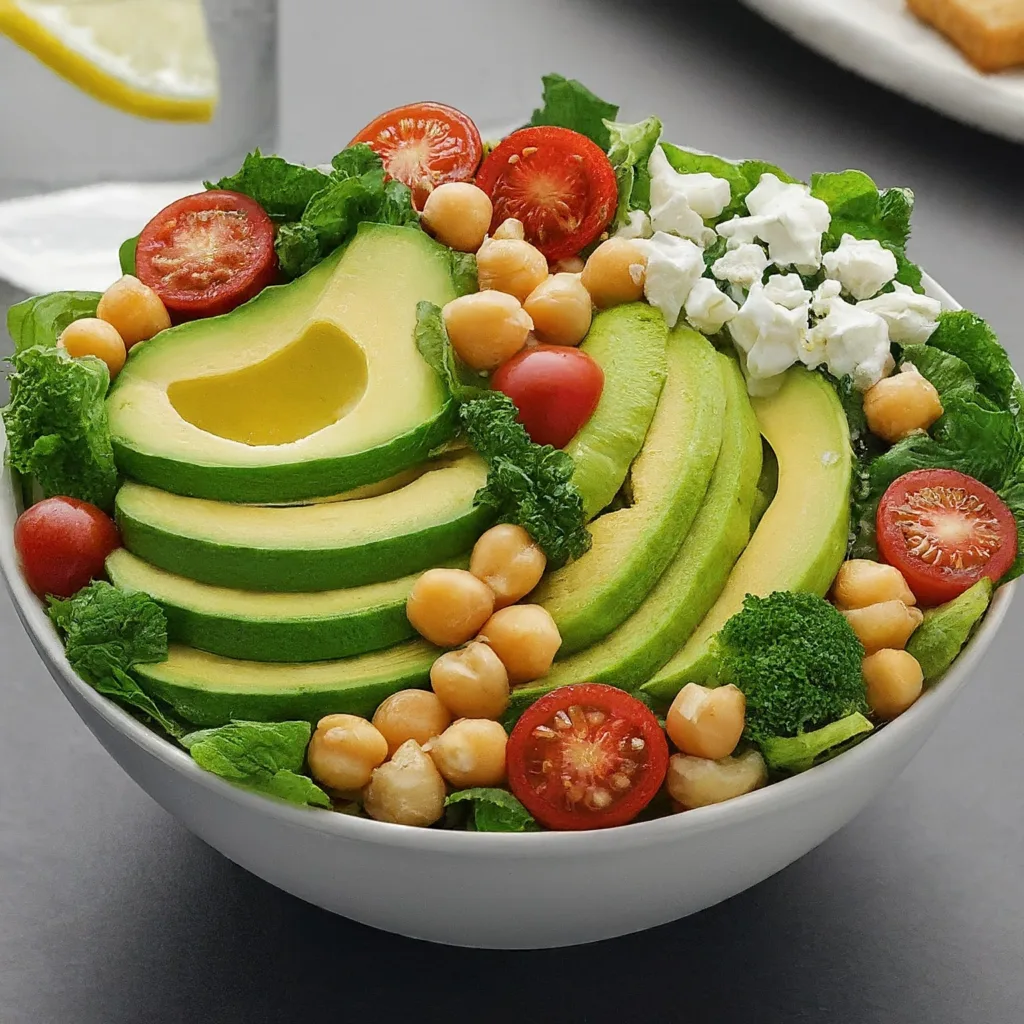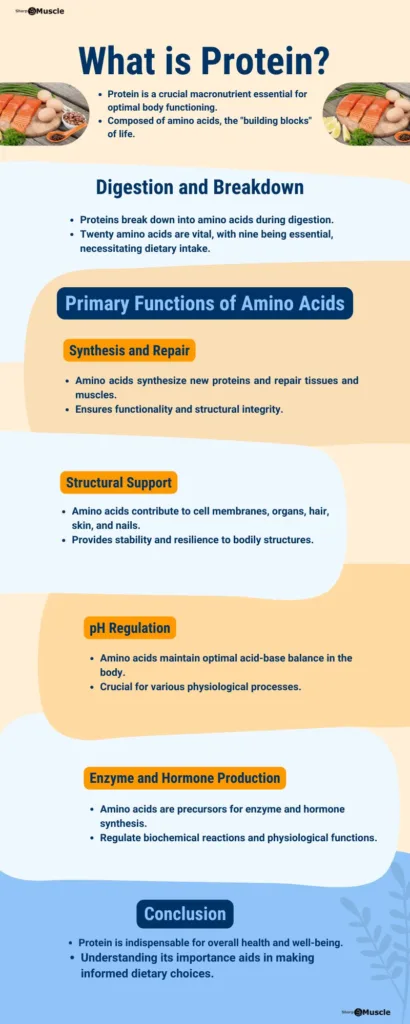A refeed day is another enjoyable way to get a psychological break from your diet and boost your leptin levels.
What is a refeed day?

A “refeed day” is a strategy to replenish leptin levels after a period of caloric suppression due to dieting. The idea behind a “refeed day” is to refill the energy stores and improve performance and results. This counteracts the negative effects of a calorie deficit, such as low hormone levels, increased appetite, lethargy, fatigue and reaching a weight loss plateau.
On “refeed day” you intentionally consume more calories than you consume after a period of being in a caloric deficit – whether resulting from eating fewer calories or increasing physical activity, or both. 1 2
Although it sounds similar to “cheat day“, the two should not be confused. Cheat days are usually a day when all dietary guidelines are lifted, and you can eat whatever you want. Any type of food is allowed in unlimited quantities on most cheat days. 3
Most people use “cheat days” to consume the high-fat foods they’ve been craving. Eating high-fat foods can actually lower leptin levels and cause you to store fat.
In contrast, a refeed day done right focuses on consuming carbohydrates and reducing fat. While you may notice a small amount of weight gain right after a refeed day, fear not as your metabolism will speed up and help you lose weight in no time. 4 5
Why refeeding important?
A refeed boosts metabolism and helps restore levels of the hormone leptin – leptin is the king of all fat-burning hormones. When there is a calorie deficit, metabolism will decrease (meaning fewer calories are being burned), as well as levels of the hormone leptin will drop in an effort to reduce body fat. It is a defense mechanism set up for the body.
You need to understand that your body is resistant to change, no matter what your current body composition – your body does not want to change. The human body does not want to reduce fat; It just wants to survive.
Consuming less than TDEE (Total Daily Energy Expenditure) will force the body to slow down metabolism, resulting in fewer calories consumed to burn body fat continuously.
As metabolism begins to slow and leptin levels drop, it becomes very difficult to burn excess body fat. Therefore, including a refeed day in your diet will encourage the body to burn fat at a consistent rate.
The leaner you are, the more often you’ll need to feed;
Lower body fat = Lower leptin levels
It is based on body fat percentage; Please refer to the following table for refeed time6:
| Body Fat | Frequency of Refeed |
|---|---|
| More than 20% | Monthly |
| 15 – 20% | Fortnightly |
| 10 – 15% | Weekly |
| Less than 10% | Twice-weekly |
How Refeed Day Works?
This is easy, here’s how it works:
Take your current daily calorie intake and increase it by 30%. This will provide enough surplus to provide the benefits of refeeding without adding too much body fat.
Next, break down the calories into the following macronutrient profiles:
- 1 gram of protein per pound of body weight
- As little dietary fat as possible (most recommendations call for 20 grams or less for the day)
- Rest from other carbohydrates
This is your macronutrient target for your Refeed day. For example, I recently completed a reduction of 187 pounds (ca. 85 kg) by eating about 2,200 calories per day.
My Refeed day went like this:
- Calories = 2,900
- Protein = 190 grams
- Fat = 15 to 20 grams (incidental in other foods)
- Carbs = 500 grams
In case you’re wondering how I calculated 500 grams of carbohydrates, I just subtracted the calories from my protein and fat (760 and 135, respectively) from 2,900, giving me 2,000, and divided the sum by 4 to convert calories to grams of carbs.
And if you’re wondering how I possibly followed these numbers, I got my protein from chicken, protein powder, and 0 percent fat greek-yogurt and fruit, potatoes, sweet potatoes, whole-wheat pasta, and pancakes.
I suggest you plan to feed again on the day that will be followed by a training day. Many people plan this the day before they train their lagging muscle group(s) because the increase in carbs leads to higher energy in the gym.
The net effect of refeed is that you feel better, both physically and mentally. You’re much less likely to give in to temptations and set yourself back, and you may even experience a nice acceleration of fat loss over the next 3-5 days.
Refeed requires self-control
That said, there is one caveat: Refeed requires self-control.
If you abuse these controlled jerks of overfeeding, you’ll gain a lot of fat, making them an effective aid in weight loss as a result.
However, if you don’t want to binge-feed, and would prefer to stick to one moderate cheat meal per week, that’s totally fine. Go to your favorite restaurant, eat your favorite high-carb dish, indulge in some dessert, and enjoy knowing that it’s not going to get in the way of achieving your goals. 7
- Jackson James Peos, Layne Eiseman Norton, Eric Russell Helms, Andrew Jacob Galpin, and Paul Fournier, “Intermittent Dieting: Theoretical Considerations for the Athlete”, Sports (Basel). 2019 Jan; 7(1): 22. Published online 2019 Jan 16. doi: 10.3390/sports7010022. PMCID: PMC6359485, PMID: 30654501[↩]
- Eric T Trexler, Abbie E Smith-Ryan, and Layne E Norton, “Metabolic adaptation to weight loss: implications for the athlete”, J Int Soc Sports Nutr. 2014; 11: 7. doi: 10.1186/1550-2783-11-7. PMCID: PMC3943438, PMID: 24571926[↩]
- Murray SB, Pila E, Mond JM, Mitchison D, Blashill AJ, Sabiston CM, Griffiths S. Cheat meals: A benign or ominous variant of binge eating behavior? Appetite. 2018 Nov 1;130:274-278. doi: 10.1016/j.appet.2018.08.026. Epub 2018 Aug 23. PMID: 30144490.[↩]
- Jackson James Peos, Layne Eiseman Norton, Eric Russell Helms, Andrew Jacob Galpin, and Paul Fournier, “Intermittent Dieting: Theoretical Considerations for the Athlete”, Sports (Basel). 2019 Jan; 7(1): 22. doi: 10.3390/sports7010022. PMCID: PMC6359485, PMID: 30654501.[↩]
- Eric T Trexler, Abbie E Smith-Ryan, and Layne E Norton, “Metabolic adaptation to weight loss: implications for the athlete”, J Int Soc Sports Nutr. 2014; 11: 7. doi: 10.1186/1550-2783-11-7. PMCID: PMC3943438, PMID: 24571926.[↩]
- Source: By Scott James – Flexible Dieting IIFYM Box Set #1 Flexible Dieting 101 + The Flex (2015-01-09), Available here: https://amzn.to/3VcGqRl[↩]
- Source: Bigger Leaner Stronger: The Simple Science of Building the Ultimate Male Body. By Michael Matthews. Available here: https://amzn.to/3S7dyYD[↩]



